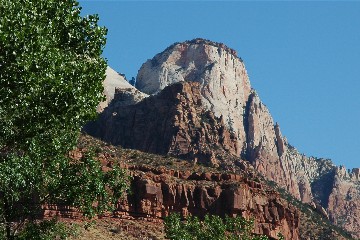. . . was authorized as a national battlefield site on this date in 1917.
The name Kennesaw is derived from the Cherokee Indian “Gah-nee-sah” meaning cemetery or burial ground.
Kennesaw Mountain Battlefield is a 2,923 acre National Battlefield that preserves a Civil War battleground of the Atlanta Campaign. The battle was fought here from June 19, 1864 until July 2, 1864. Sherman’s army consisted of 100,000 men, 254 guns and 35,000 horses. Johnston’s army had 63,000 men and 187 guns. Over 67,000 soldiers were killed, wounded and captured during the Campaign.
There are 3 battlefield areas: In front of the Visitor Center, off Burnt Hickory Road and the main site is located at Cheatham Hill [then commonly known as the Dead Angle]. The visitor center provides introductory information about the Battlefield and the battle. While walking some of the 17.3 miles of interpretive walking trails you will see historic earthworks, cannon emplacements and various interpretive signs. There are 3 monuments representing states who fought here.
. . .. . . Kennesaw Mountain National Battlefield was authorized for protection by the War Department in 1917 and was transferred to the Department of the Interior as a unit of the National Park System in 1933. The 2,923 acre Battlefield includes the site of some of the heaviest fighting of the Atlanta Campaign of the Civil War. The Battlefield was set aside as an important cultural property dedicated to public inspiration and interpretation of the significant historic events that occurred here.














